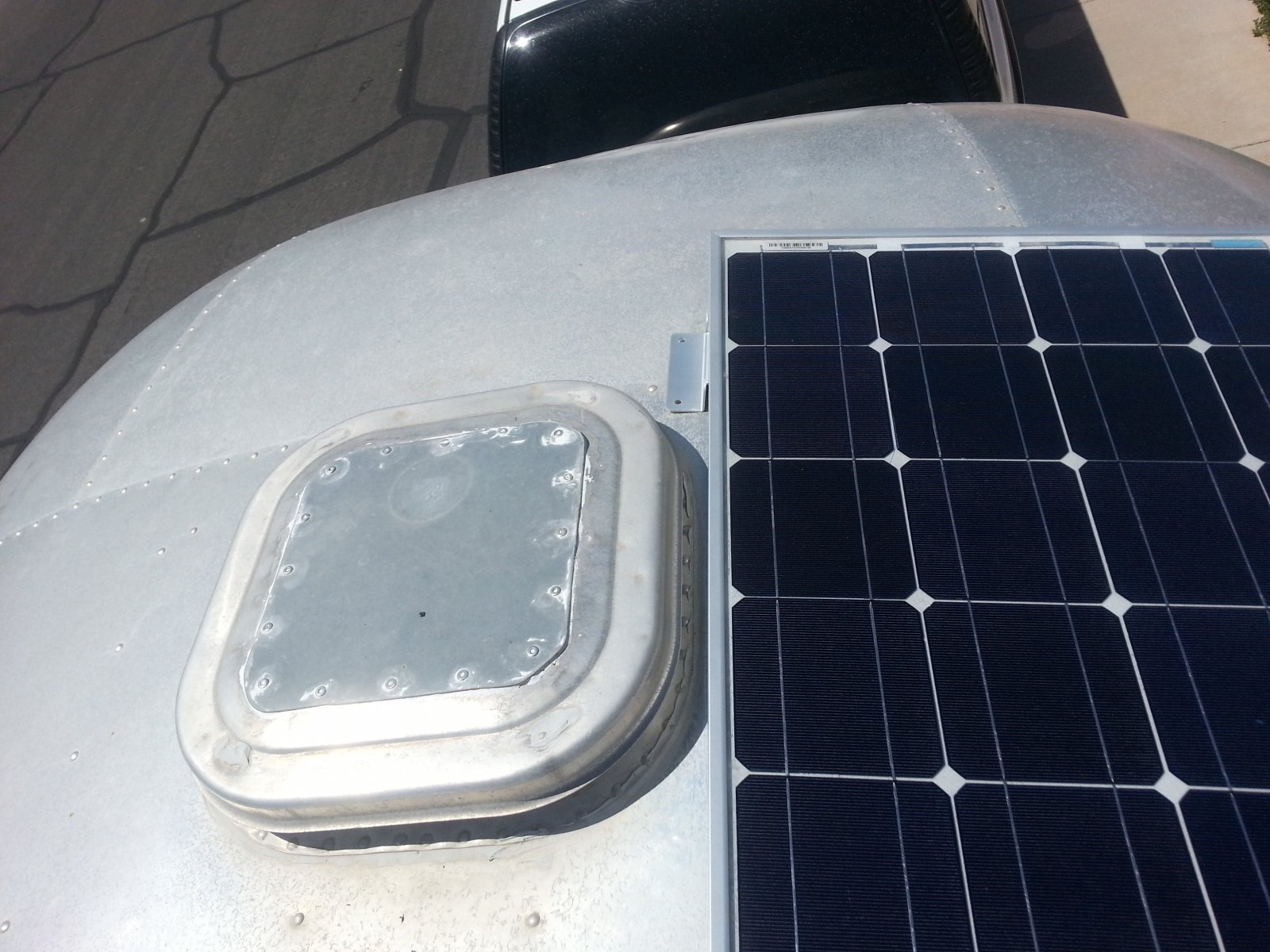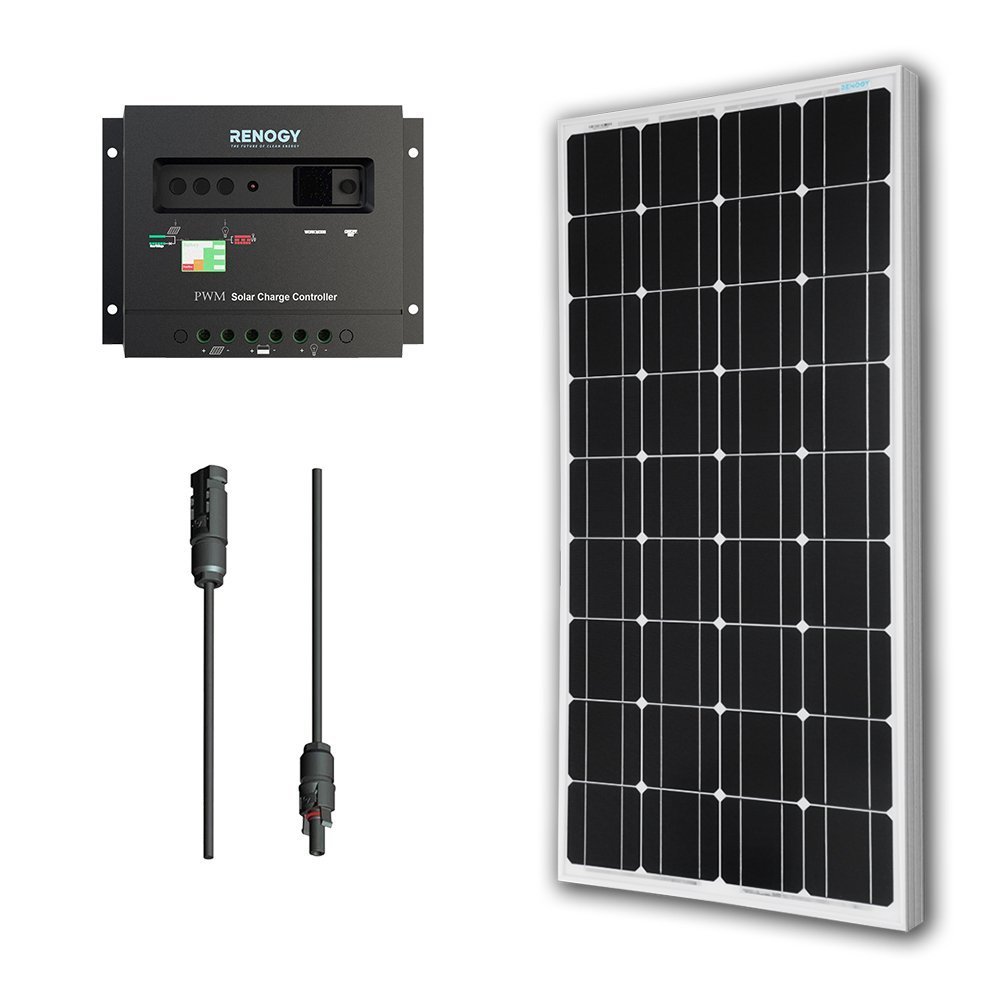If you’re not the type to stay in one campground or RV park for very long, a solar power system for your RV is a worthwhile investment. A well-designed system will give you a greater sense of freedom by utilizing the self-contained capabilities of your RV. But before you go out and install photovoltaic panels on your roof, do these critical steps before jumping in.
First, perform an energy audit. You’ll need to do your homework to determine the total daily amp hours required to power your choice of lifestyle. For example:
- Do you watch TV every night?
- Does anyone in your household use a power-activated medical device?
- Do you keep computers and mobile devices charged?
- How comfortable are you without air conditioning?
- How often do you use the microwave?
Adding up all the hours spent powering your different appliances and devices will help you determine how much energy you need to generate from solar power. Every appliance from your refrigerator to your curling iron draws a certain amount of amps. Your job is to calculate how many amps each household item uses, and for how long every day, in order to find the daily amount of amp hours your system will need to produce. A good explanation of energy audits is located at RV Solar Electric.
You’ll also need to figure out how much roof space your RV has available for solar power panel placement. Remember, you want to buy the panels with the maximum wattage available for your roof’s footprint.
The hardest part comes when you must decide on the kind of components you can afford that will help you live comfortably while using only solar power. RV solar power kits cost as little as $500 for a one-panel system and go up from there. The three most important components that determine your cost are:
- Inverter. A high quality inverter will provide ample power to your appliances that use AC power. Consider buying a pure sine wave inverter, which can prevent electric “noise” which can cause static in many electronic devices. You can expect to pay nearly three times as much for a pure sine inverter than a modified sine inverter.
- Charge Controller. This device controls and maintains the raw charge coming from your solar panels to your inverter and batteries. It ensures your batteries don’t get over-charged and a good one will alert you when batteries are under-charged. The best charge controllers are known as “Maximum Power Point Tracking” (MPPT) controllers, which give you more energy from the sun by optimizing the power coming from the array into your battery bank.
- Batteries. Batteries for RV solar power systems come in different voltage ratings, technologies and costs. The size of the battery bank is what you need to be most concerned with, so that it stores enough power to meet your needs. From there you could save on typical RV house batteries or splurge on more expensive lithium ion power cells
Designing your RV solar power system isn’t as complicated as you imagine, but if you’re not technically inclined, it does pay to have a professional install it for you. Talk to other RVers with solar and find out which RV solar companies rate highly in your area. Once you have your system installed, you can recoup your investment pretty quickly with all of the money you’ll save by staying out of RV parks and enjoying off-grid camping in stunning locations like this:




I want to make sure that my RV camp vacation is fun and comfortable. I didn’t realize that you could get solar power systems installed on your RV! That seems like a great way to have renewable energy while you’re camping.
Well, I’ll be installing my own. Not that difficult if you do your legwork, do an energy audit and buy with your own consumption in mind.
As for the inverter, don’t only consider a pure sine unit, buy one. Modified wave inverters can destroy sensitive electronics like laptops, tv’s etc. Why take the chance to begin with ?